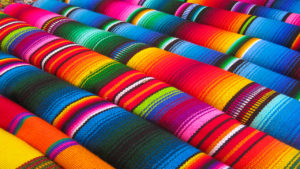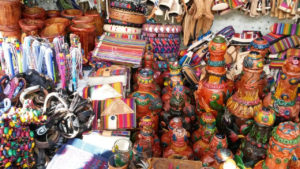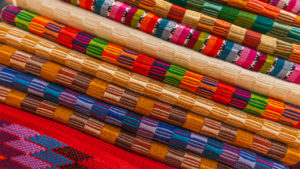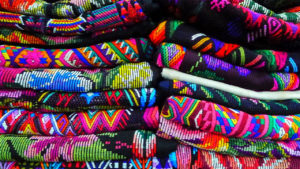Guatemala
Unique textile heritage
Among the traditionals and customs alive in Maya culture, distinctive clothing stands out as a colorful and dynamic manifestation of identity. It reflects the history of a people who have given life to the art of a survival during three millennia, as they use ingenuity and creativity to weave together threats of the past and of the present to create a powerful form of communication.
One of the most autonomous expressions of Guatemala is its craftsmanship, it constitutes a great contribution for the maintenance of a good part of the communities of that great Central American country. His vocation is evidenced by observing the extraordinary combination of colors in his embroidery. It has an impressive variety of crafts, which are usually fabrics and fabrics, mainly from the mountains. Of the most outstanding crafts are rigging, carpentry, ceramics, leather, jícaras, the manufacture of candles textile, jade, wrought iron and basketry.
One of the main problems of craftsmanship is competition with products from low-cost industrial processes, with a similar appearance to handmade products, but with lower price and quality.
Another difficulty for artisans is the way to market their products, since it is a characteristic of craftsmanship, which is carried out in individual workshops or with few people, with little capacity to reach the market.
Guatemalan handicrafts are one the most original expressions of the country. They are also an important part of the local economy of this wonderful city. When you are in Antigua Guatemala, don’t miss the opportunity to buy Guatemalan handicrafts!
Guatemala is a rich country in culture, crafts in this country are produced in their 22 departments, craftsmanship promotes rural development as they create workshops for young women, men and women, this helps the survival, a life
Better and it’s a great opportunity to access new markets. Crafts work as a job opportunity for people and to meet their needs, 70% of them are women, most indigenous people.
It is a mechanism that the economy uses for the survival of many families.
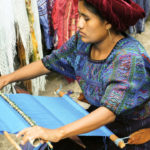 Previous Post
Previous Post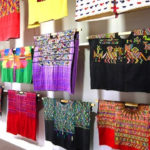 Next Post
Next Post